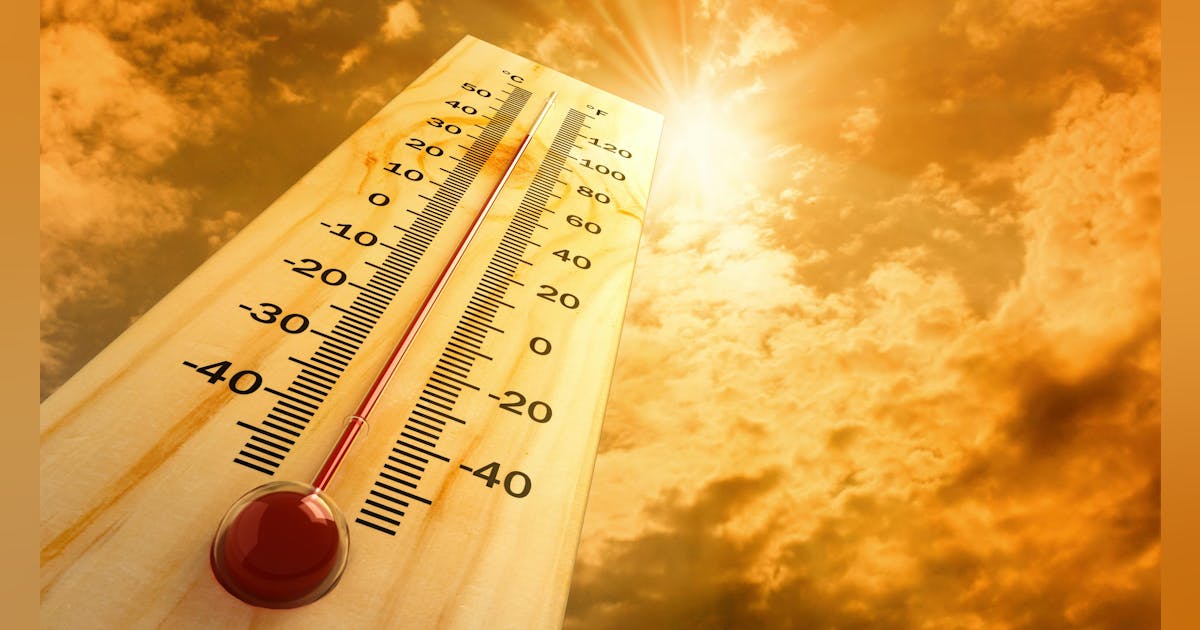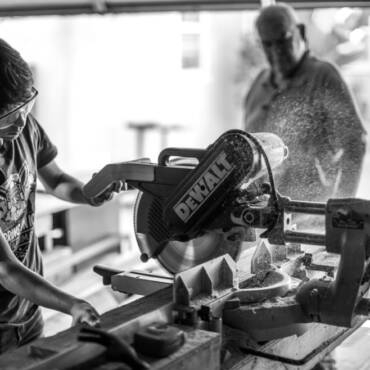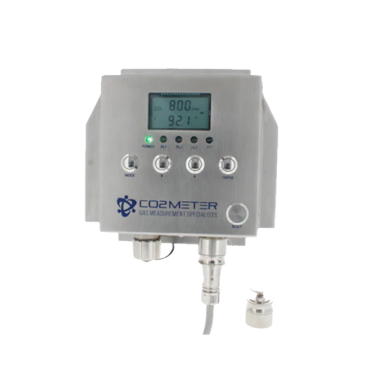Whether their business is facing extraordinarily hot summers in New England or dealing with ice and snow in the Southwest, HVACR contractors throughout the United States are feeling the impact of extreme weather related to climate change. For many regions, the “new normal” is unpredictable weather, which may or may not follow historical patterns. This potentially presents HVACR contractors with an expanded set of climate-related challenges that need to be addressed to keep customers’ systems running effectively, minimize repair costs, and ensure equipment operates through its expected lifecycle.
The key to successfully “weathering” these challenges — extreme heat, high or low humidity, and extreme weather events — is to be proactive in system checks and maintenance. This may include taking steps that aren’t normally necessary for a given region and preparing for frequent weather changes. The following offers insights on how these three main challenges can impact HVACR systems, as well as tips for ensuring equipment operates at full capacity and efficiency.
Extreme Heat
High temperatures increase wear and tear on air conditioner components such as compressors and condensers. Systems need to run longer and work harder to reach desired cooling levels which may cause equipment to overheat or break down. In addition, higher temperatures, longer run times, and increased condensing pressure may lead to more leaks. All this can lead to customers potentially facing higher costs related to increased energy consumption, repairs, or replacement.
To help HVACR system owners “beat the heat:”
- Check air filters frequently and replace them as needed. Dust and debris can accumulate quickly in hot, dry weather;
- Perform comprehensive regular maintenance. This should include cleaning condenser coils and maintaining proper refrigerant levels;
- Optimize settings. Raising the thermostat slightly when daily temperatures peak can help reduce energy consumption and wear and tear on components;
- Work with facility managers to ensure proper building insulation. This can reduce heat gain and lessen the burden on air conditioning systems; and
- Create shade for outdoor units and keep them clear of debris. Protection from direct sunlight can help maintain cooler operating temperatures.
Humidity
Indoor comfort and HVACR system performance depend on maintaining the right humidity balance. If humidity is too high, systems will have to work harder to remove moisture from the air while simultaneously providing the desired level of cooling. In these situations:
- Keep tabs on moisture buildup and perform regular cleaning of components such as ducts, filters, and evaporator coils. Identifying and removing moisture accumulation can prevent damage from mold or corrosion;
- Ensure proper insulation of ductwork to help mitigate moisture buildup;
- Enhance dehumidification systems and make sure they are properly sized to handle specific humidity levels; and
- Check air filters, blowers, condensate drains, and ductwork to ensure proper airflow.
When humidity is too low, air is dry and static, leading to discomfort for occupants and potential issues with HVACR systems. In these situations:
- Install humidifiers. Consider humidifiers that can be integrated with the heating/cooling system to achieve a consistent level of approximately 30% to 50% relative humidity.
- Perform regular humidifier maintenance, including cleaning and replacing filters, checking for mineral deposits, and ensuring all lines are clear.
- Ensure proper insulation of ductwork and seal any leaks.
- Perform regular maintenance checks of HVACR systems as noted above.
Extreme Weather Events
Extreme weather events are unusually severe — resulting in everything from power outages and surges to flooding and high winds. They can cause anywhere from moderate to extreme damage to property, including HVACR equipment. Taking care to prioritize safety, contractors should thoroughly assess system damage as soon as possible, then implement the necessary repairs or replacements. Best practices to proactively support system resilience during extreme weather events include:
- Conducting routine maintenance as noted in factors one and two above;
- Working with facility managers to ensure buildings have proper insulation and weather proofing; and
- Having emergency backup power sources in place. Ensuring continual operation during power outages is especially important for mission-critical systems.
Regardless of where in the country you do business, or how typical or atypical the weather there may be, it is possible to get the upper hand when it comes to climate change. Ensuring HVACR system resiliency comes down to being aware of potential weather impacts and taking proactive steps to protect equipment from the elements and maintain its optimal performance.
Whether you require installation, repair, or maintenance, our technicians will assist you with top-quality service at any time of the day or night. Take comfort in knowing your indoor air quality is the best it can be with MOE heating & cooling services Ontario's solution for heating, air conditioning, and ventilation that’s cooler than the rest.
Contact us to schedule a visit. Our qualified team of technicians, are always ready to help you and guide you for heating and cooling issues. Weather you want to replace an old furnace or install a brand new air conditioner, we are here to help you. Our main office is at Kitchener but we can service most of Ontario's cities
Source link



